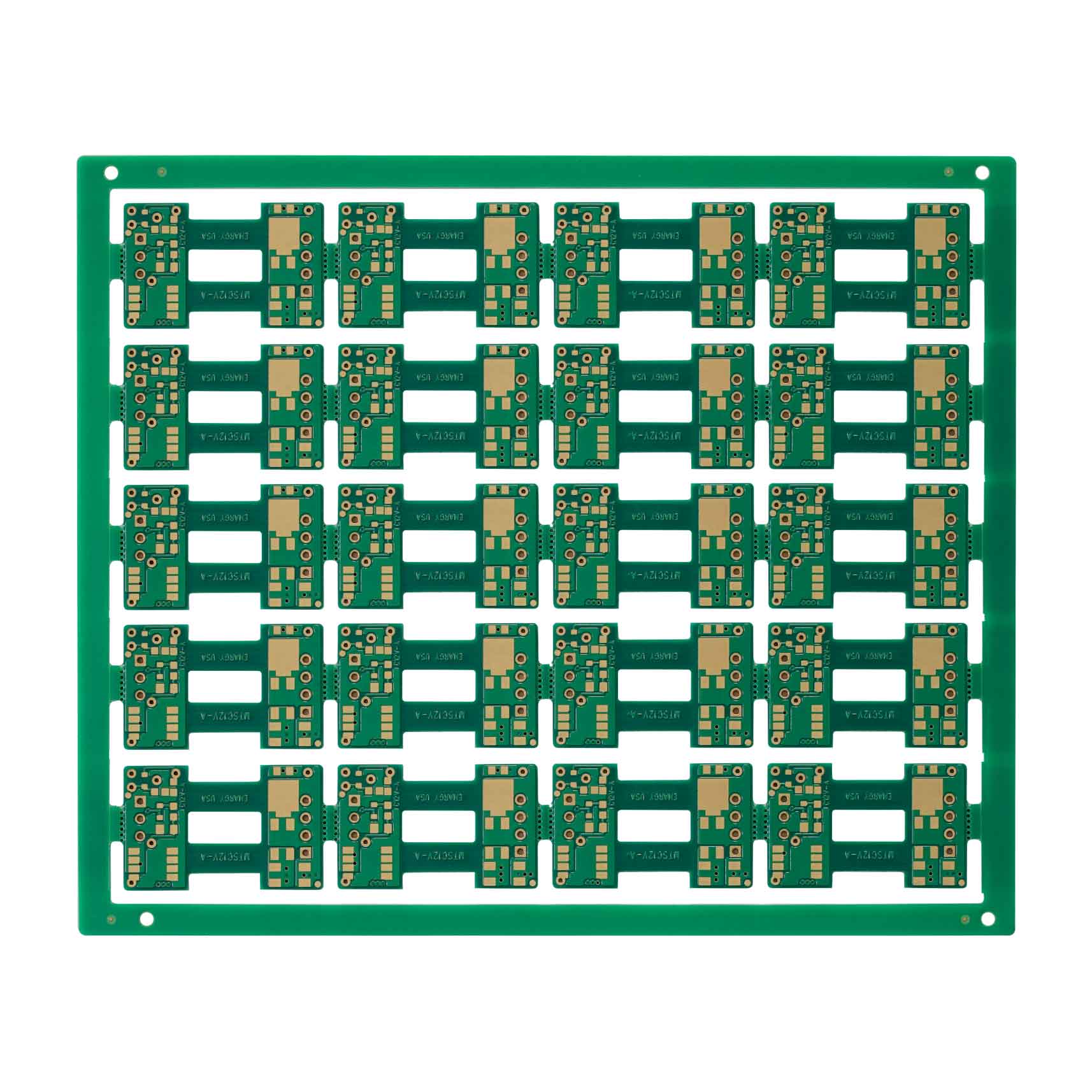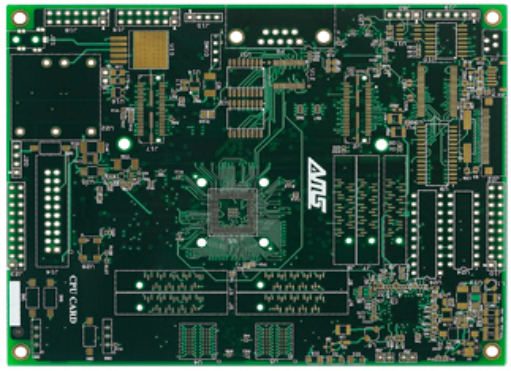The attributes of Taiwan's PCB industry are almost based on the fact that it is commissioned by customers to make blank Bare Boards. Unlike many PCB Shops in the United States, which include the circuit design blank board production and assembly (Assembly) Turn-Key business. In the past, only the original data provided by the customer was required. Drawing, Artwork, Specification can be produced by manual flipping, typesetting, and taping, but in recent years, electronic products have become lighter and thinner, and the manufacture of short and small PCBs has faced several challenges:
- thin board
- high density
- high performance
- high speed
- The product cycle is shortened
- the cost is reduced.
In the past, the lamp desk pen knife map and the camera were used as pre-making tools. Now it has been replaced by computer working software and laser plotters. In the past, manual typesetting or Micro-Modifier was required to correct the size. Time-consuming and labor-intensive Today, as long as the CAM (Computer Aided Manufacturing) staff obtain the customer’s design data, they can automatically typeset according to the design rules or DFM (Design For Manufacturing) within a few hours and change different production conditions. At the same time, they can output such as drilling and forming. Test fixtures and other information.
Data that the customer must provide
The data in the above table is a necessary item. Sometimes the customer will provide a sample, a part drawing, and a warranty to ensure that the raw materials used in the manufacturing process do not contain certain toxic substances, etc. These additional data The manufacturer must judge its importance by itself to avoid mistakes Business opportunities.
Document review
Faced with so many data systems, the next work procedures and key points that the design engineer has to carry out are as follows.
- A. Review of the customer's product specifications to see if the in-plant process capability is available. For review items, see the Accepted Part Number Process Capability Checklist.
- B. Raw material requirements BOM-Bill of Material. After reviewing and analyzing the above data, the brand type and specifications of the raw materials are determined by the development of the BOM. The main raw materials include substrate Laminate, film Prepreg, copper foil, copper foil, and solder mask. Text ink Legend, etc. In addition, the customer's regulations on Finish will affect the selection of the process. Of course, there will be different material requirements and specifications such as soft, hard, gold, inkjet, OSP, etc.
- C. The above is a review of new data. After the review, samples are made. If it is old data, you must check whether there is an ECO (Engineering Change Order). Review again.
- D. Typesetting. The size of the layout will affect the profit margin of the part number, because the substrate is the main raw material cost, the optimization of the layout can reduce the waste of the board, and the proper layout can increase the productivity and reduce the defect rate. To calculate the most appropriate typesetting, the following factors must be considered.
- a. The minimum number of knives and the maximum utilization rate of substrate cutting. The cutting method and edging treatment must be taken into consideration.
- b. Copper foil The use size of the film and the dry film and the size of the working panel must be well matched to avoid waste
- c. When connecting pieces, the minimum size between pieces and the minimum size of the board edge reserved for tools or alignment systems
- d. The maximum possible size limit or effective working area size of each process.
- e. Different product structures have different production processes and different layout restrictions, such as gold finger boards, and their layout spacing
- Must be larger and directional considerations, and the test fixtures or test sequence requirements are different.
Start PCB designing
After all the data has been checked, the division of labor design will begin.
- A. Flow Chart (Flow Chart) After the analysis and confirmation of the data review, the design engineer must decide the most appropriate flow step. The production process of traditional multilayer boards can be divided into two parts: inner layer production and outer layer production.
- B. CAD/CAM operations
- C. Tooling
Refers to AOI and electrical survey Netlist files. AOI generates data acceptable to the AOI system from CAD reference files, and
Including tolerance, and the electrical measurement Net list file is used to make electrical measurement fixtures
 PCB Assembly
PCB Assembly
 Layer Buildup
Layer Buildup
 Online Tools
Online Tools
 PCB Design-Aid & Layout
PCB Design-Aid & Layout
 Mechanics
Mechanics
 SMD-Stencils
SMD-Stencils
 Quality
Quality
 Drills & Throughplating
Drills & Throughplating
 Factory & Certificate
Factory & Certificate
 PCB Assembly Factory Show
Certificate
PCB Assembly Factory Show
Certificate



